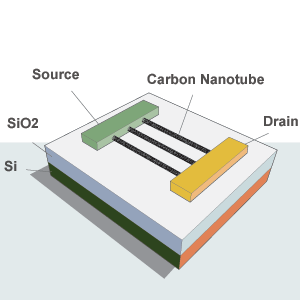

Narendar V, Narware P, Bheemudu V, Sunitha B (2020) Investigation of short channel effects (SCEs) and analog/RF figure of merits (FOMs) of dual-material bottom-spacer ground-plane (DMBSGP) FinFET. Meriga C, Ponnuri RT, Satyanarayana BVV, Gudivada AAK, Panigrahy AK, Prakash MD (2021) A novel teeth junction less gate all around FET for improving electrical characteristics.

Lin JJ, Tao JH, Wu YL (2019) Subthreshold characteristics of a metal-oxide–semiconductor field-effect transistor with external PVDF gate capacitance. IEEE Trans Electron Devices 59(4):902–908 Liu L, Mohata D, Datta S (2012) Scaling length theory of double-gate interband tunnel field-effect transistors. Yadav DS, Verma A, Sharma D, Tirkey S, Raad BR (2017) Comparative investigation of novel hetero gate dielectric and drain engineered charge plasma TFET for improved DC and RF performance. Singh S, Pal P, Kondekar PN (2014) Charge-plasma-based super-steep negative capacitance junctionless tunnel field effect transistor: design and performance. Stolk PA, Widdershoven FP, Klaassen DBM (1998) Modeling statistical dopant fluctuations in MOS transistors. Jin X, Wang Y, Ma K, Wu M, Liu X, Lee JH (2021) A study on the effect of the structural parameters and internal mechanism of a bilateral gate-controlled S/D symmetric and interchangeable bidirectional tunnel field effect transistor. Wolf M (2016) Ultralow power and the new era of Not-So-VLSI. Changes in the drain current (Id) of the device were achieved by varying dielectric values and charges in the cavity region with variable cavity lengths. Biomolecules can be neutral or charge-based, and both types of biomolecules can be identified using a proof-of-concept FET-based biosensor. To alleviate the short channel effects, a dual material gate work function for the gate electrode was devised, as well as a double gate architecture. Different metallurgical functions for electrodes were employed in this biosensor to behave as a p-type source and n-type drain. To overcome this problem, the charge-plasma-based concept was established in FETs in this study. Random dopant variations and a thermal budget are seen during the construction of a JLFET. FET-based biosensors are appropriate for label-free applications. Short channel effects, specificity, and nano-cavity filling have all been improved in FET-based biosensors. These devices have a lot of potential as a platform for detecting biomolecules. The FET device has attracted a lot of attention as the ideal tool in creating biosensors because of its appealing properties such as ultra-sensitivity, selectivity, low cost, and real-time detection capabilities in sensing point of view. The Silvaco TCAD tool is used to design and simulate the TFET structure. The physical modelling of the tunnel field effect transistor (TFET) is done in this study.


 0 kommentar(er)
0 kommentar(er)
